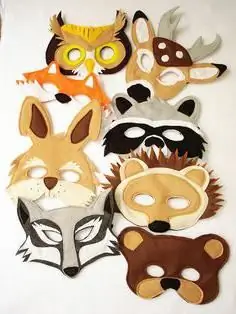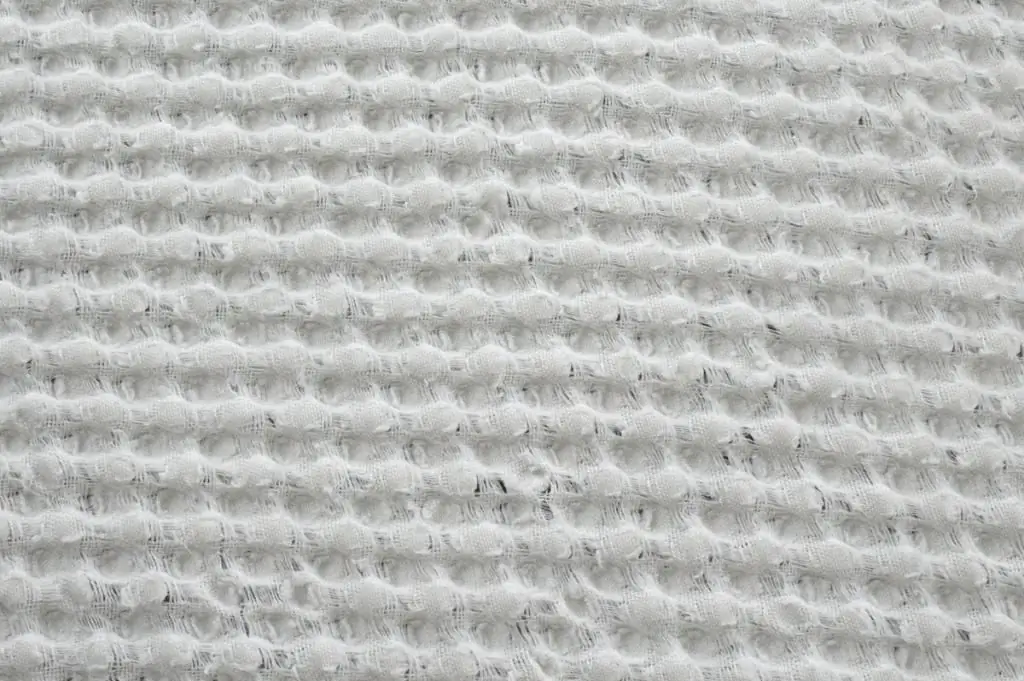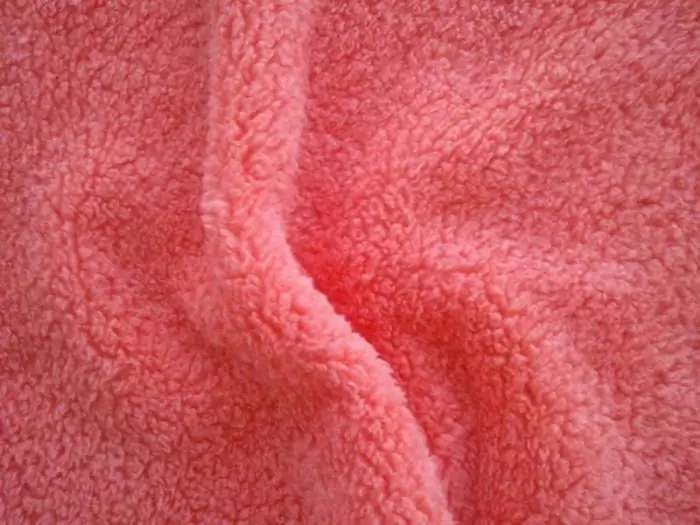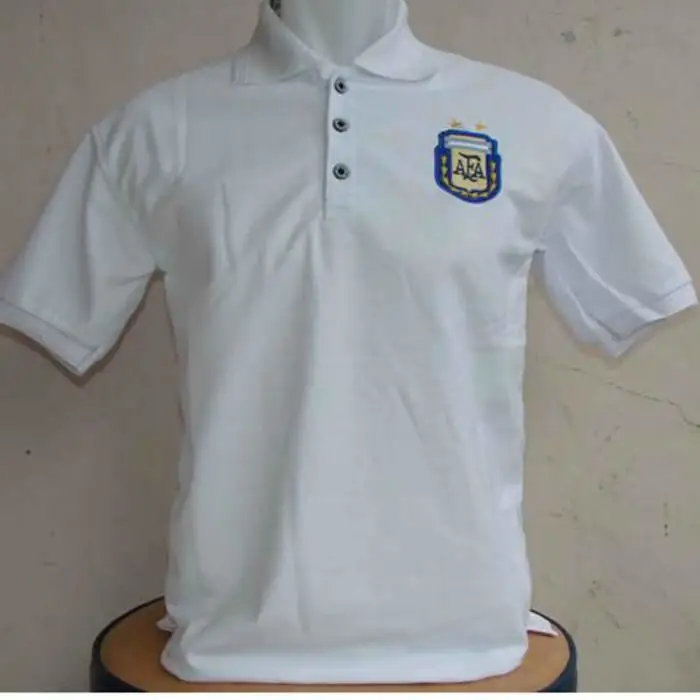2025 Author: Priscilla Miln | [email protected]. Last modified: 2025-01-22 17:55:21
Perhaps you are planning some fun event soon, where you may need superhero costumes. To please your child and save a little on the family budget, you can make it yourself. Try it, it's not as difficult as it seems at first glance. Consider several ways to make a Spider-Man mask. Moreover, you definitely won’t need much time for this.

Paper mask, necessary tools
For any work certain tools and materials are needed. Therefore, in order to get a Spider-Man paper mask, you must prepare the following in advance:
- plasticine required for the workpiece;
- PVA glue, which will be diluted with water;
- plasticine knife;
- rolling pin for rolling plasticine;
- old newspapers;
- blank sheets of paper;
- brushes for glue and paint;
- paint;
- greasy cream or Vaseline.
Shaping the blank
Having prepared everything you need, let's get to work, start creating a Spider-Man mask.
We take a large amount of plasticine, so that for sure it is enough. Plasticine is carefully kneaded and rolled out. To do this, you can use a round metal ball or an ordinary smooth glass bottle. You need to roll out the plasticine in the form of an oval with a layer 1-1.5 cm thick. After this is done, try on this oval on the face to form the outline: shape the nose and outline the location of the eyes. After the basic sketches are done, cut out holes for the eyes and cut off the excess plasticine around the edges, in accordance with the shape of the face. In the process of forming the main features, periodically help yourself to level the surface of the plasticine with a metal ball.

Periodically "try on" the Spider-Man mask to determine exactly where you need to tweak something to achieve the desired result. If the initial blank turned out to be too small in height, then you should not worry. You can always build up part of the “forehead” on the mask from cut pieces of plasticine. To do this, roll out the remnants to the same thickness as the workpiece, attach to the place that needs to be built up, glue the edges, helping to level a little with your fingers.
Again "try on" the mask, smooth it out, if necessary, remove unnecessary parts. Trim the edges and adjust to fit your face. Try to keep the thickness of the mask approximately the same over the entire surface of the workpiece.
Tothe mask has gained the necessary volume, the part that is above the eyes needs to be slightly narrowed around the edges. Do not forget to make a V-shaped shallow cut at the top of the forehead from the edges to the center. Try on the mask again. Shape the holes for the eyes, making sure they are the same shape and at the same level and distance from the nose. Remember that the eyes that are on the Spider-Man mask should be much larger than our own.
Try on the Spider-Man mask again to shape the nose. It is desirable to make it as close to reality as possible.
After the mask is completely done and has taken shape of your face, place it in the freezer for 10-12 hours so that it freezes well.
Paperwork

Mix PVA glue with water in a ratio of 2/1. Using a brush, we coat the workpiece over the entire surface with a greasy cream or petroleum jelly so that the paper does not stick to the workpiece. Then an ordinary newspaper is taken and torn into small pieces, to make it easier, you can tear it into strips first. Then pieces of newspaper are moistened in a mixture of water and glue, laid out on a plasticine blank, evenly covering the entire surface of the mask. Let the first layer dry slightly and apply the second. It is advisable to make 5-8 layers with intermediate drying. It does not matter if the paper protrudes beyond the edges of the plasticine blank, it will all be removed later. On the most vulnerable places of the mask, stick several additional layers: this is the bridge of the nose and the distance between the hole foreyes and the edge of the mask.
After all the newspaper layers are applied, start gluing the white paper on top, which you also tore into pieces in advance. They can be dipped in a container of glue or applied with a brush. The paper is glued as evenly as possible over the entire surface of the mask. When everything is glued - leave to dry completely and paint. Spider-Man's DIY paper mask is ready.
Fabric mask, tools needed
The method of making a cloth mask is much simpler and does not require as much time as a paper mask. To work, you need to prepare the following:

- red cloth;
- scissors;
- thread to hold the fabric together;
- sewing chalk to sketch;
- brushes for drawing;
- paint or black marker;
- grid, better to take with small cells.
Getting Started
So, let's start making a Spider-Man mask out of fabric. First of all, we cut out two parts in the shape of a helmet, which corresponds to the shape of the head of the one who will wear this mask. From a fine mesh, two parts are cut out in the shape of Spider-Man's eyes. A hole for the eyes is pre-cut in the fabric blanks, and the mesh is sewn to them.
The details of the helmet are sewn together from the wrong side, do not forget about the secret lock that is sewn on the back of the head. This will make it easier to put on and take off the mask.
With a marker or paintsa characteristic pattern is applied to the mask in the form of a web.
Now you know how to make a Spiderman mask out of different materials for your child. Let him rejoice and have a good time at the holiday!
Recommended:
Is it difficult to make a mask with your own hands for the holiday? How to make a New Year's carnival mask with your own hands?

Every mother wants her child to look beautiful and original on the holiday. But not everyone has the opportunity to spend money on New Year's costumes. In this case, the costume can be sewn from unnecessary clothes and decorated in accordance with the theme of the holiday. And to make a mask with your own hands - from those materials that are available
Waffle Bleached Fabric: Characteristics and Applications of Wafer Fabric

What is wafer bleached web? Do all manufacturers comply with GOST standards in the manufacture of fabric? In what areas of activity and for what purpose it is used. Selection of quality goods. How to understand that you have a product made in accordance with GOST
Velsoft - what kind of fabric? Description and composition of velsoft fabric

The article describes the main characteristics, advantages and disadvantages of velsoft fabric. Successful examples of its application in knitwear production are given
What is lacoste fabric? What does lacoste fabric look like and what is its composition?

In modern textile catalogs, you can often see exotic novelties with attractive names. For example, lacoste fabric. What kind of knitwear is this and why is it better than usual?
How to make a bracelet out of thread? Two ways to make original accessories on hand

Thread bracelets, photos of which you can see in this article, are handmade. Their beauty, brightness and originality fascinate. We invite each of you to learn how to make such accessories with your own hands. This activity is not difficult, but very exciting. Your attention is presented with information on how to make a bracelet from a thread (two ways)

